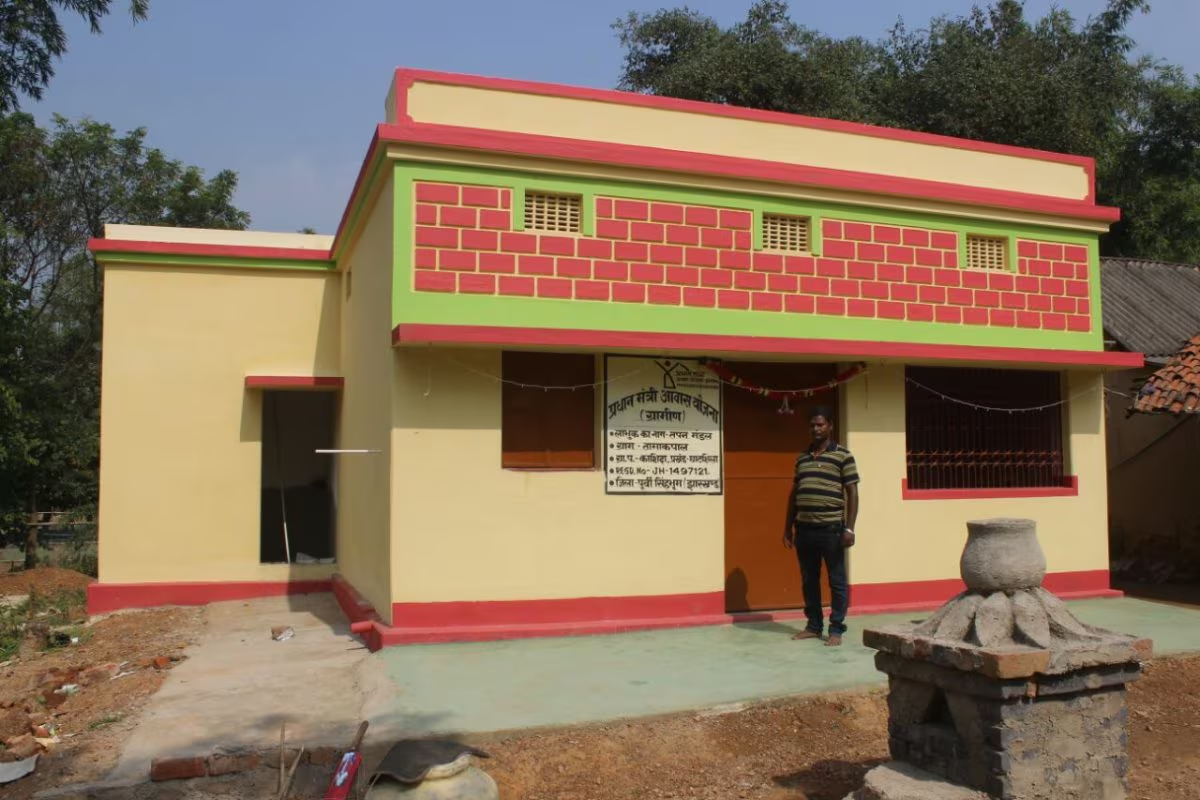On August 9, 2024, the Union Cabinet gave its nod to the next phase of the Pradhan Mantri Awas Yojana-Urban (PMAY-U) initiative. This updated version is set to assist one crore (10 million) urban poor and middle-income families in securing housing. Known as the Prime Minister’s Housing Scheme, PMAY-U is a key government initiative aimed at providing robust, weather-resistant homes to eligible urban residents, particularly those with lower incomes.
A Look Back at PMAY-U
Originally launched in 2015, the Pradhan Mantri Awas Yojana (PMAY) was designed to ensure that everyone in India had access to affordable housing by 2022. The scheme extends financial assistance to both urban and rural poor for home construction. It comprises two segments: PMAY-U for urban areas and PMAY-G for rural regions. Eligible beneficiaries can avail themselves of interest subsidies on home loans of up to ₹2.67 lakh. The scheme’s ambitious goal is to construct over 20 million homes, with a strong emphasis on sustainable and innovative building methods.
Achievements So Far
To date, PMAY-U has sanctioned 1.18 crore houses, with over 85.5 lakh already constructed and handed over to the beneficiaries. The newly approved PMAY-U 2.0 will continue to provide financial support over the next five years, bolstered by a ₹2.30 lakh crore government subsidy within a total project investment of ₹10 lakh crore. Additionally, the Credit Risk Guarantee Fund’s corpus has been increased from ₹1,000 crore to ₹3,000 crore, enhancing the provision of loan guarantees for affordable housing targeting the Economically Weaker Sections (EWS) and Low-Income Groups (LIG).
Who Can Apply?
Eligibility for PMAY-U 2.0 is extended to families falling under the EWS, LIG, or middle-income categories who do not already own a solid, permanent home anywhere in the country. The scheme encompasses all urban areas listed in the 2011 Census, as well as other planning regions governed by urban planning authorities.
Understanding the Credit Risk Guarantee Fund
The Credit Risk Guarantee Fund (CRGF) is designed to facilitate easier access to loans for small and medium-sized businesses. By offering guarantees to lenders, the CRGF reduces the financial risk associated with lending, thereby improving the availability of credit. This fund plays a crucial role in enhancing the ability of businesses that might otherwise struggle to secure loans. Often in partnership with financial institutions and government bodies, the CRGF can even cover defaults caused by natural disasters. Operating at both national and regional levels, CRGF initiatives are aimed at spurring economic growth and generating employment opportunities.
Insights into the Economically Weaker Section
In the Indian context, the Economically Weaker Section (EWS) includes individuals with an annual income of less than ₹8 lakh. The EWS reservation, introduced in 2019, offers a 10% quota in jobs and education for those who qualify. Unlike other reservations based on caste, the EWS status is determined purely by family income, making it a caste-neutral benefit aimed at uplifting the financially disadvantaged. Other countries may have similar classifications under different names. EWS beneficiaries in India can access a range of government programs designed to improve their economic standing.




